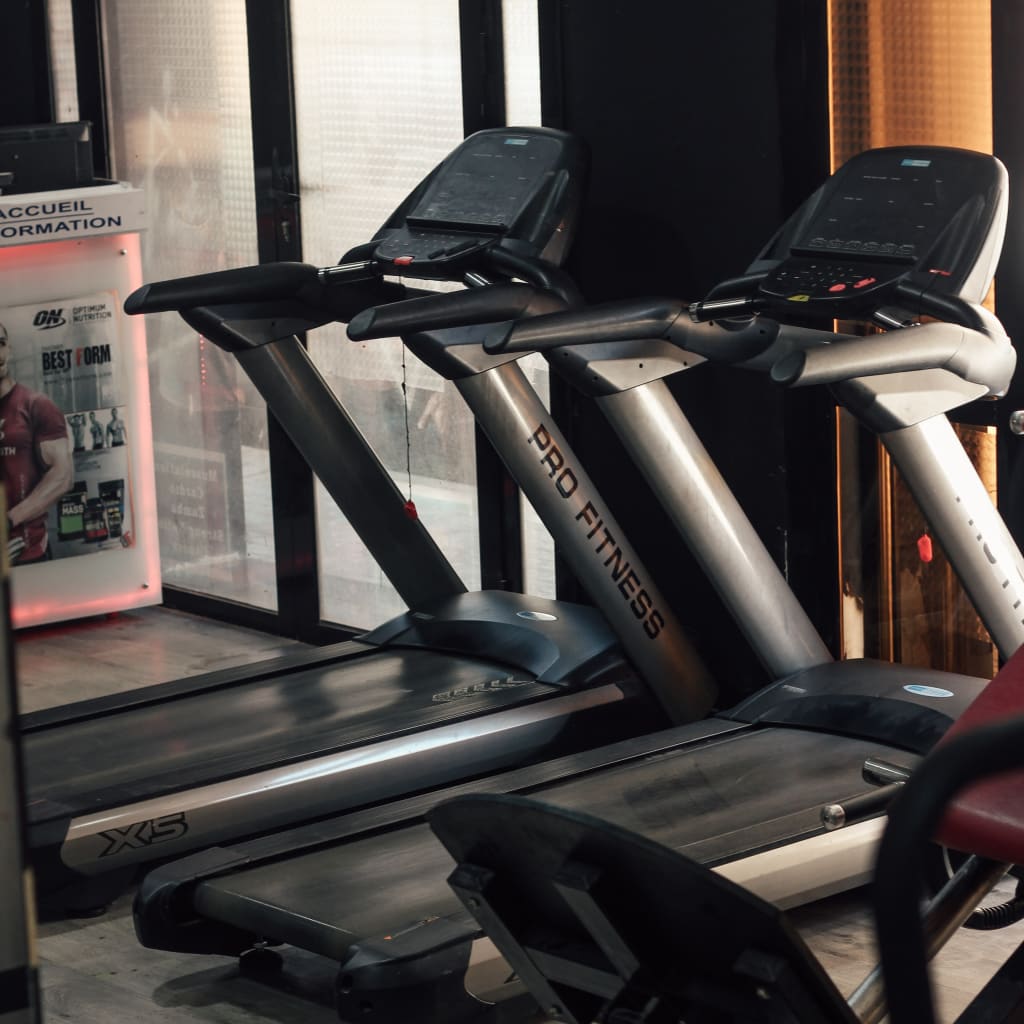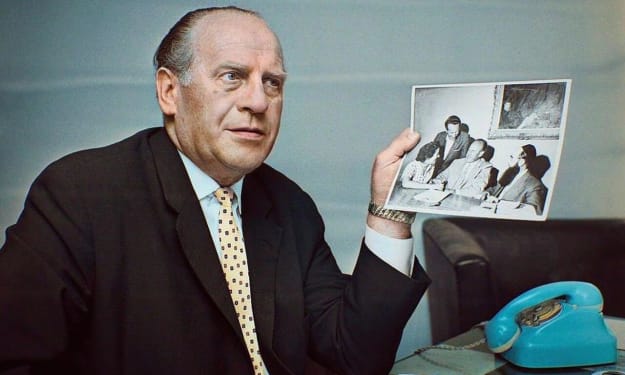"From Hellish Torture to Fitness Obsession: The Dark History of the Treadmill"
"Unveiling the Sinister Origins of the World's Favorite Gym Equipment and the Shocking Journey It Took from Cruel Punishment to Global Fitness Phenomenon"

If you are knowledgeable about fitness gyms, you may not be aware of a dark secret hidden behind their walls. This is not about the strange habit of people drying themselves with hair dryers. The focus is on the treadmill, a widely used gym equipment that has a disturbing history.
Upon first hearing the term "treadmills," people may not perceive them as menacing, but the reality is that these machines, which are among the most commonly used pieces of fitness equipment, have dark and disturbing origins that have been swept under the rug by society over time.
To gain more insight, let's examine the term "treadmill" itself. The "tread" component is quite understandable since it pertains to the surface used for walking or running. However, the utilization of "mill" in the term begs further examination. In the early 19th century, England had a vast array of criminal offenses, totaling over 200, which were subject to the death penalty. Some of these transgressions included spending time with gypsies for a month, sending threatening letters, and thievery involving rabbit warrens. During this period, the "bloody code" as the British criminal justice system was referred to, was renowned for its strictness and unforgiving nature.
Although previously there was little opposition to the use of capital punishment, public attitudes gradually shifted against its severity, considering it disproportionately harsh to punish someone with death for mere misdemeanors, and even strongly-worded letters, unless they were inundated with misspellings. As a consequence, England saw a significant increase in the construction of state prisons, which provided an alternative to the use of capital punishment.
Although prisons served as an alternative to capital punishment, there were those who questioned their effectiveness in rehabilitating criminals. One critical inquiry that emerged was whether religious beliefs about divine punishment influenced the effectiveness of prison as a means of dealing with offenders. Given that eternal torment in hell has historically been viewed as retribution for sinners, it begs the question of whether imprisonment on Earth truly accomplishes the goal of reforming wrongdoers.
Young British engineer William Cubitt visited Barry St. Edmunds Jail and learned about this discrepancy. The widespread laziness among the prisoners horrified him, and he felt compelled to act. Cubitt, a miller's family member, thought it would be advantageous to subject slothful criminals to hard work.
Finding a way to employ many prisoners in a small amount of prison space was the challenge. Although Cubitt's original design was different from the contemporary treadmills found in gyms today, his solution was the treadmill. It resembled an endless staircase, like a huge rotating wheel with flat spokes. Prisoners would climb as the wheel turned, producing energy that could be used. While some prisons used the treadmills as human powered mills to grind corn, others used it to pump water or circulate air. Prisoners would jokingly refer to their efforts as "grinding the wind" when the energy produced in some cases served no purpose.
You might be wondering why this punishment was so terrible at this point. People are willing to pay to use contemporary treadmills in their neighborhood gyms, after all. The truth, however, was much harsher. Hard labor prisoners in England were made to spend seven to ten hours a day, with few breaks, working on the treadmill.
Inmates were unable to see beyond a featureless, blank wall because the machines were enclosed installs. Partitions were occasionally added to stop prisoners from speaking to one another or from looking at each other. Prison rations were also insufficient to meet the treadmill's unrelenting physical demands. Prisoners became weaker and sicker over time as a result, making each day harder than the last.
The treadmill was an agonizing and cruel form of punishment because it combined physical hardship, mind-numbing boredom, and sensory deprivation. Especially in the summer, a lot of seasoned criminals lost their minds while working their shifts. Due to weeks of monotonous stair climbing, some prisoners experienced mental breakdowns. Tragically, some cases even ended in fatalities.
Oscar Wilde, a renowned playwright, and author, was one of the most well-known people who was treadmilled. Wilde was sentenced to three months of treadmill punishment at Pentonville Prison in London in 1895 as a result of his imprisonment for being gay. He was worn out and weak from the experience, which caused him to fall and rupture his eardrum in the prison chapel. Just two years after his release, at the age of 46, some doctors think this injury played a role in his untimely demise.
Prison wardens praised the treadmill's initial success and noted decreased inmate misconduct after the machines were introduced, despite its incredible cruelty. However, over time, authorities came to understand that it was unnecessary to torture prisoners physically and mentally because they were also people.
The treadmill was finally outlawed in England in 1902, ending its use in jails. But nearly 60 years later, William Staub, a resourceful American, realized that this once outlawed device now served another purpose. Staub identified a market for home fitness treadmills even though they were already being used in medical facilities to measure patients' heart rates. The modern treadmill was created as a result of his innovation, and by 2020, it will have sold more than$ 3 billion globally, making it the most well-liked piece of gym equipment in the world.
It's difficult to ignore the irony. These once-torturous devices are now freely used, and people frequently pay a lot of money for the right to do so. The situation has, however, drastically changed. The treadmill served as a cruel form of punishment for prisoners who were forced to work nonstop. However, the ability to press the stop button whenever one pleases has evolved into a useful benefit of recurring to the gym.
In the end, the treadmill's transformation from a representation of suffering to an example of fitness highlights how an object' can vary greatly depending on its function and our individual freedom of choice.
About the Creator
Enjoyed the story? Support the Creator.
Subscribe for free to receive all their stories in your feed. You could also pledge your support or give them a one-off tip, letting them know you appreciate their work.





Comments
There are no comments for this story
Be the first to respond and start the conversation.